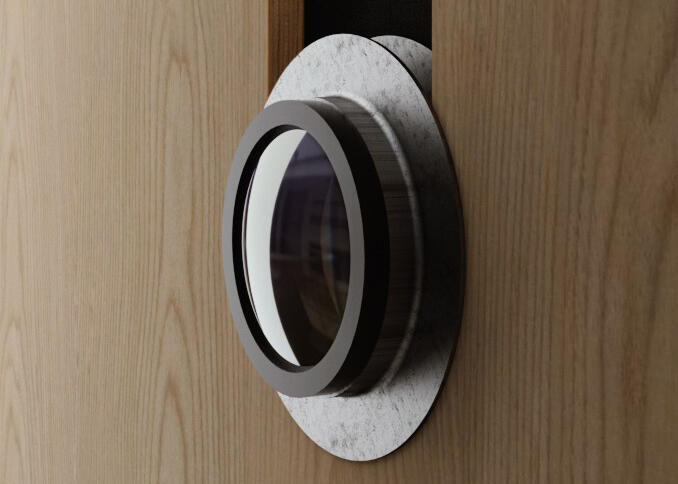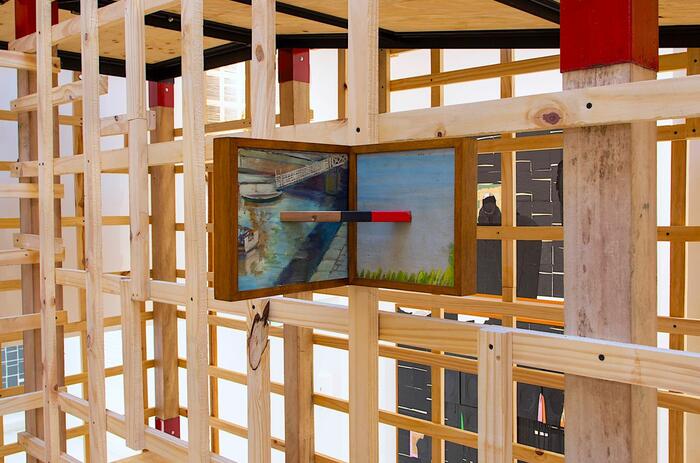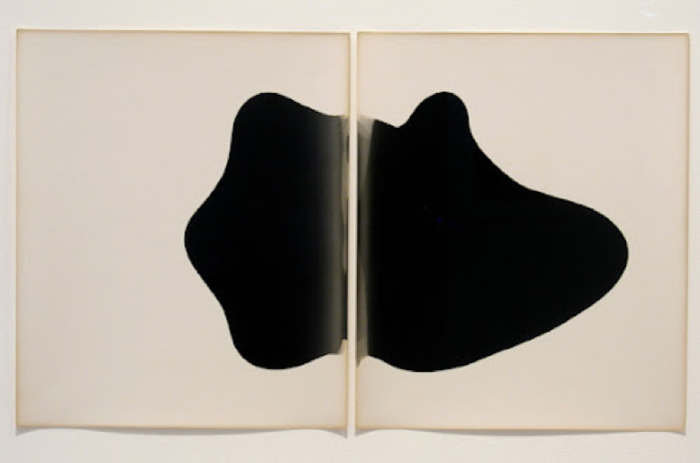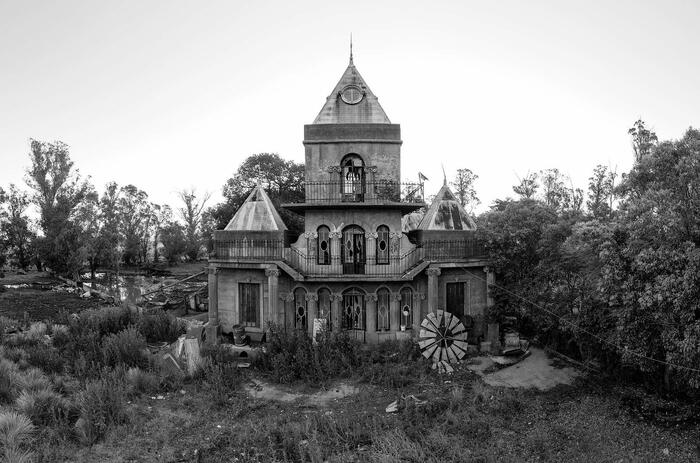3 WORKS, 3 REFLECTIONS - COMMENTS ON CONTEMPORANEITY BASED ON THE WORK OF VIVIAN GALBAN
Analysis of three works by the Argentine artist and photographer Vivian Galban as an introduction to her work. In the next edition of Pinta Miami, from December 1 to 5, Galban will participate with an installation.

Bruma | Mist, 2013
It can be confused between an out of focus photograph or an abstract painting. Undoubtedly, this imprecision is part of what the artist Vivian Galban proposes with this series whose technique seems to dissolve together with the forms of the figure that is sensed. Different women turn their backs to the camera. The indefiniteness of the image gives us the sensation of a capture of movement. As if the camera tried to capture the process of movement and stop at the invisible or the non-perceptible. Galban presses the shutter at the precise moment to capture the gesture process.
This minimum instant of movement is transformed into an image to accumulate in time without beginning or end. This stillness is potentially infinite at the will of whoever stands in front of it.
The viewer stuck in the dreamy perspective that is presented to him and lost in the sphere of the abstraction-figuration dichotomy can only investigate the gesture. Doubt, hesitancy and the lack of certainty about the intention, which the portrait produces, in addition to indecision, are characteristics of contemporaneity according to the German philosopher Boris Groys (1). The mystery of the portrayed is undoubtedly a story to be defined that nevertheless keeps us awake.
Lastly, it would not hurt to comment on the collaboration of the work with the viewer. At its disposal, Mist stops time and confronts him with whoever contemplates the image where time no longer advances but flows. Where time is unproductive and meaningless, absent from any context and only capable of being power. This is how the missing moment appears and it is only convenient to observe. Its contemplation is the only present of which we can be sure.
Mist enables us to experience our surroundings as a whole stopped and surrendered for our enjoyment and its stillness exposes the immanence of time.
Cimbrar | Tuning, 2013
Tuning presents in vertical format imprecise and indefinite photographs of different women wandering around. These portraits may refer to Eadweard Muybridge (2) or various artists who have worked on the figure in motion. In Tuning female figures walk, walk from left to right, from right to left or in circles, encompassed by halos of light whose shapes give us the idea of their being. Nothing is stopped and nothing can stop. As specters these figures are recluses of their frames, parerga where restless women without identity wander without a clear definition given by light-photography. Never motionless. Their forms are hazy, of what they were, what they will be and what they are being. They cannot be limited by light or photography. They are immeasurable. Never still.
Exposición en Tiempo Real | Exhibition in Real Time, 2019
A camera obscura, a portrait studio and an on-site laboratory. Without dissimulation, the installation-performance-sculpture Exhibition in Real Time is presented. The viewer can participate and even enter that huge wooden box that Galban builds as her camera obscura where the visitor will first be portrayed and then invited to participate in the development process.
In the gallery as a public space, empty and neutral, there is not at least a significant distinction between art object and ordinary object. The ancestral device that foreshadowed photography as we know it is by Galban deterritorialized to a universal, homogeneous and contemporary space. From the encyclopedia, a closed context, the camera obscura and its method are transported to an art gallery or museum. Through the different contexts and media, it is transformed. Galban's work should not be confused as a mere copy or dislocation, but as a new original in the sense that will be discussed below.
The appearance of the production machine as an object of analysis and contemplation dissolves the support to transport the viewer again towards the process, this time, of the photographic image. Galban works with photography as a language and thus invites us to witness it. We enter this new language by the exclusion of the portrayed and the hidden portraitist, we enter this new language. The language of photography.
In times of merchandise’s domination, that products devalue its production, Galban once again rescues the missing moment. The final product, the printed photograph, almost like a souvenir, refers to the work as an aesthetic document-record. The final printed photograph functions for the viewer as a trigger towards the process-artwork, which remains in the present and hidden image.
(1)Groys, Boris, Time Comrades in “Going Public”. Sternberg Press.2010.
(2) Eadweard James Muybridge was a renowned British photographer whose experiments served as precursors to cinema. See: Eadweard J. Muybridge. Woman Dancing (Fancy): Plate 187 from Animal Locomotion (1887) 1884-86. MoMa Collection
Vivian Galban (Buenos Aires, Argentina, 1969) is an architect and artist. She has extensive teaching experience in universities and institutions in the country and teaches work clinics and photography courses. She is represented by the Rolf Art gallery. She has exhibited in galleries, institutions, international and local fairs in Buenos Aires, Mexico, the United States, Colombia, Peru and Bolivia, among others.







